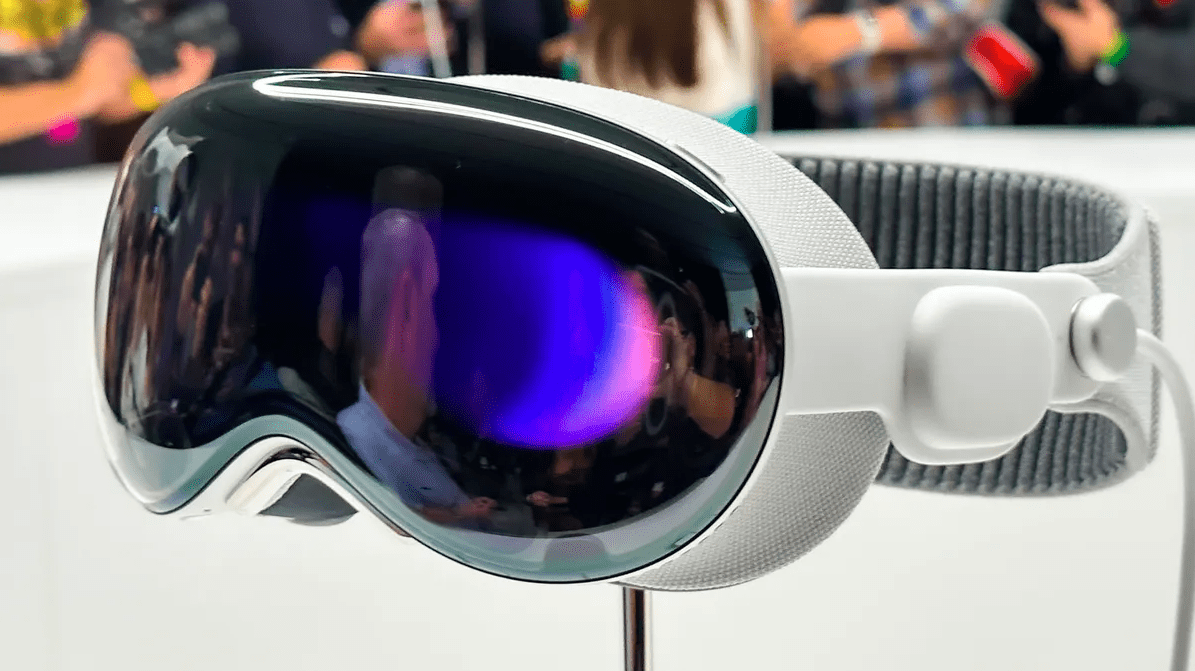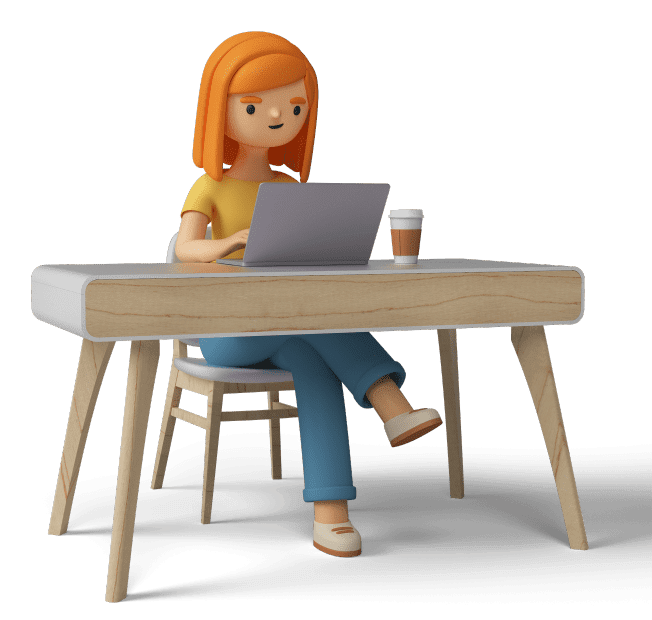
Close

BCoder Castle – Best Software App & Web Design Development Company 2023

The Apple Vision Pro utilizes eye tracking, hand gestures, and voice commands to provide a deeply engaging and immersive experience. It incorporates a micro-OLED display system with an impressive 23 million pixels, which means it can fit 64 pixels into the same space as a single pixel on an iPhone. To power this advanced technology, the Vision Pro is equipped with the M2 chip running the visionOS operating system.
Additionally, it features a new R1 chip that efficiently processes real-time data from 12 cameras, 5 sensors, and 6 microphones. This allows the R1 chip to quickly analyze input from these sources and deliver images to the displays in just 12 milliseconds.
visionOS, the new operating system that drives the powerful Apple Vision Pro computer, is set to revolutionize the way developers create specialized applications for this innovative device. Leveraging familiar Apple developer’s tools such as Xcode, SwiftUI, RealityKit, and ARKit, along with Unity integration and the brand-new 3D-content preparation app Reality Composer Pro, visionOS opens up a world of possibilities.
With visionOS, users can seamlessly interact with applications while fully connecting to their surroundings. This groundbreaking operating system will soon be accompanied by the visionOS SDK, which will be released later this month. The SDK will include essential components such as Xcode, the visionOS Simulator, Reality Composer Pro, comprehensive documentation, sample code, design guidance, and much more. Prepare to embark on an exciting journey into the future of application development with visionOS.
Apple introduces Vision Pro, marking the dawn of spatial computing. With the Vision Pro headset, users can seamlessly merge digital content with their real-world surroundings. Navigation becomes a multi-dimensional experience, allowing interaction through hands, voice commands, and even eye movements.

By integrating a transformative device such as Vision Pro with AI, businesses can significantly enhance employee productivity across various areas. Let’s explore the different sectors that can experience remarkable transformations through the amalgamation of Vision Pro and AI.
Envision a scenario of a doctor or nurse wearing Vision Pro. The camera recognizes the patient and displays information such as the patient’s history, recent prescriptions, and other details. When a physician requires assistance with drugs or other case studies, they can easily access that information and receive advice. While the physician is conversing with the patient, VisionPro is taking notes. The AI then summarises the dialogue and saves it back into the patient’s medical records.
Consider replacing all safety goggles in industrial operations with Vision Pro. Employees now have quick access to information while at work. Employees can ask a question and access safety instructions, standard operating procedures, checklists, and more applicable to that specific apparatus with a flick of their fingertips or voice. Unbeknownst to many, Google Glass has seen extensive use in factories for precisely this purpose, but the Vision Pro would take it a step further.
Service businesses such as appliance repair, vehicle dealerships, oil and gas, and others can benefit greatly from Vision Pro and AI by providing technicians with rapid access to information. Consider technicians looking up not only the vehicle’s history, but also information about specific concerns, spare component availability, and more, making them more productive.
The Apple Vision Pro has the potential to change the way kids study. It might be used by teachers to create immersive learning experiences that engage pupils on a whole new level. Students could investigate historical events, scientific concepts, and artistic works in ways that textbooks and movies cannot.
Apple Vision Pro is an upcoming technology that will revolutionize spatial computing. It aims to eliminate the need for traditional screens and physical computers by creating a virtual and mixed-reality environment. The headset is designed to provide an incredibly immersive experience while ensuring maximum comfort. However, it is expected to be priced in a higher segment of the market. We have to wait and see if it can live up to the high expectations.
A: Spatial Computing is a sort of 3D computing in which you interact with 3D data models produced by AR-VR and AI. It is also known as Ambient Computing since it is not limited to a single screen but rather permeates throughout your environment.
A: VisionOS is Apple’s new spatial computing operating system. This operating system focuses on interactive and ambient computing. Though it is founded on the same ideas as Apple’s other operating systems, it is significantly more dynamic and user-driven.
A: Yes, Apple Vision Pro has advanced collaboration capabilities such as FaceTime video tiles for meetings, giving you the impression that you are meeting the individual face-to-face.

